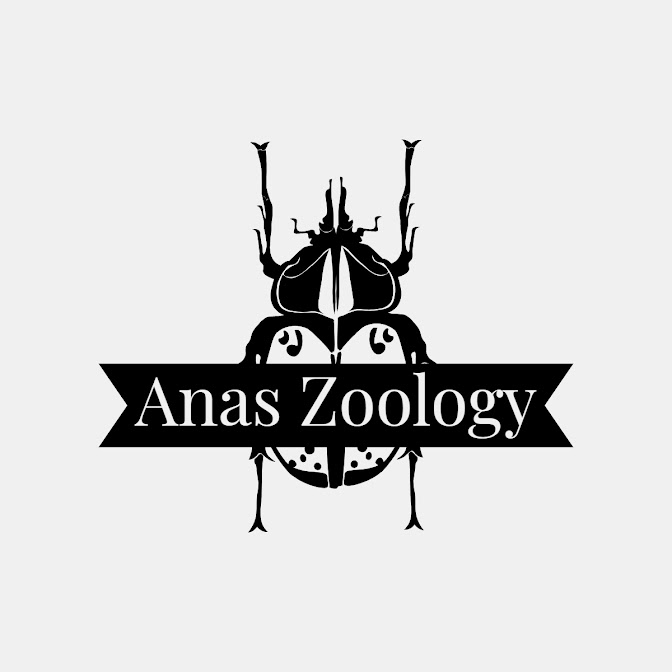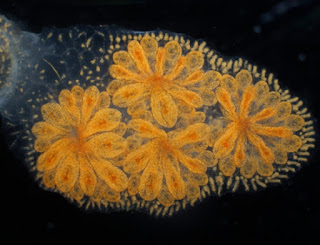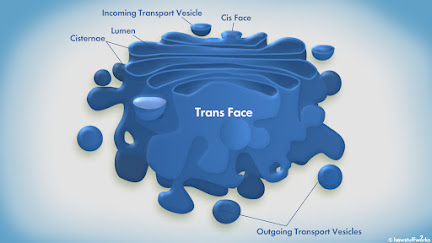Eukaryotic Cell

Eukaryotic Cell Eukaryotic Cell The cells which contain true nuclei are called eukaryotic cells. Eukaryotic cells are found in animals, plants, algae and fungi. They are larger in size as compared to prokaryotic cells. The cells may vary in shape, size and physiology but they all have a typical structure with little variations in number and location of cellular organelles. The eukaryotic cell have a outer covering membrane called plasma membrane / cell membrane. Inside the cell a membrane-bound nucleus is present. Between the nucleus and plasma membrane, cytoplasm is present in which various cellular organelles like mitochondria, golgi complex, centrioles etc can be seen. ✱ Shape: Eukaryotic cells exhibit diversity. They can be spherical, triangular, tubular, cuboidal, polygonal, cylindrical, oval, rounded or elongated. Shape of cells may vary from organ to organ. A single organ may show variations in shape of cell. ✱ Size: Eukaryotic cells are microscopic. They are larger in s...

















